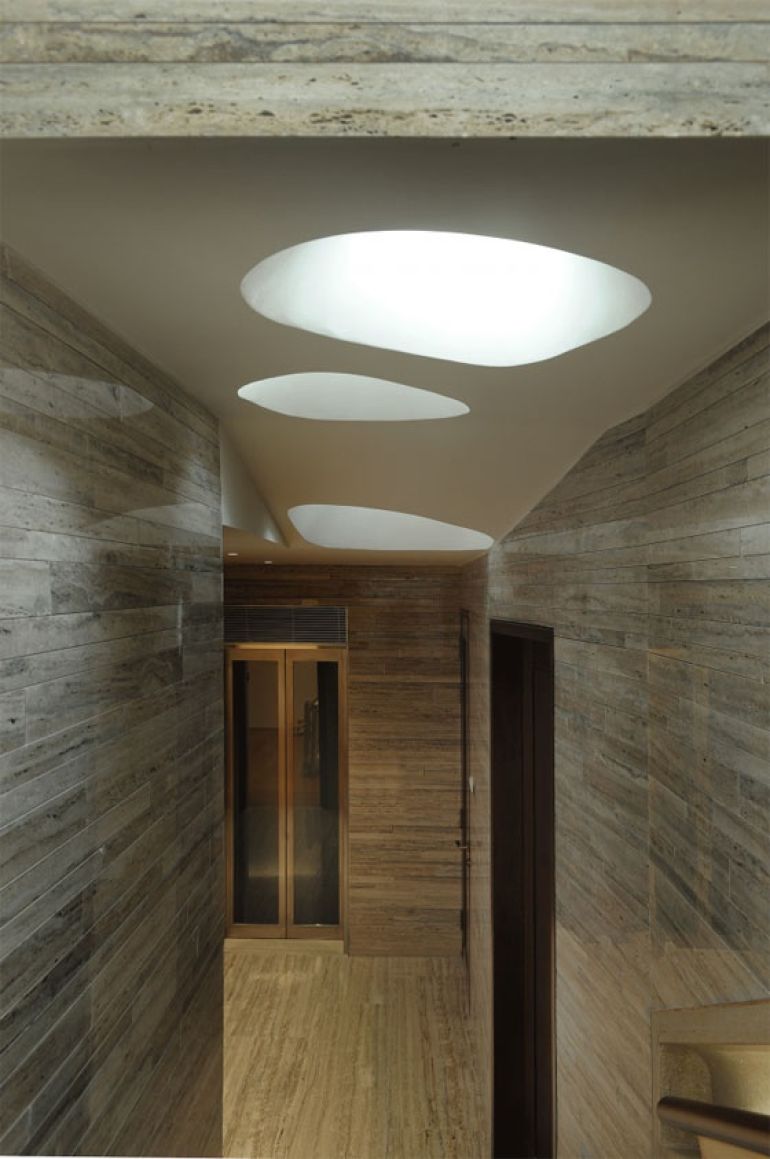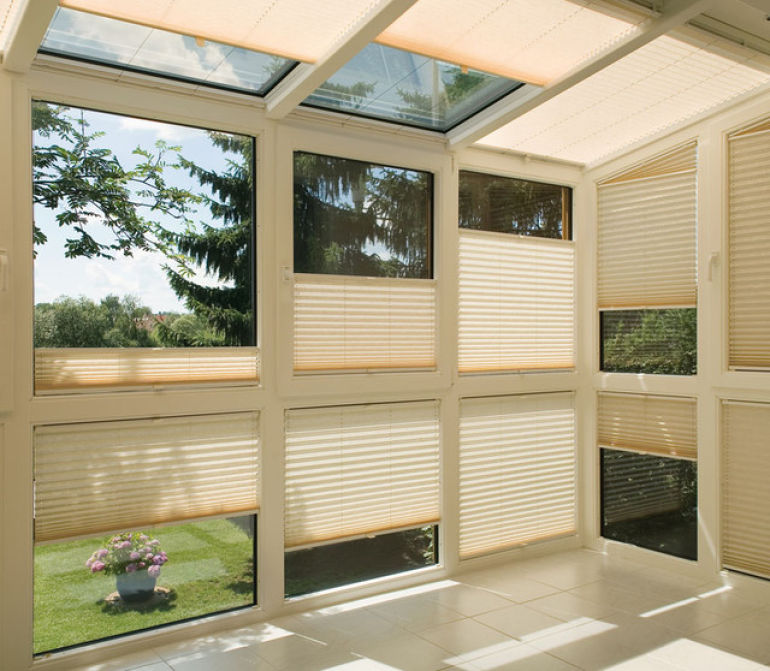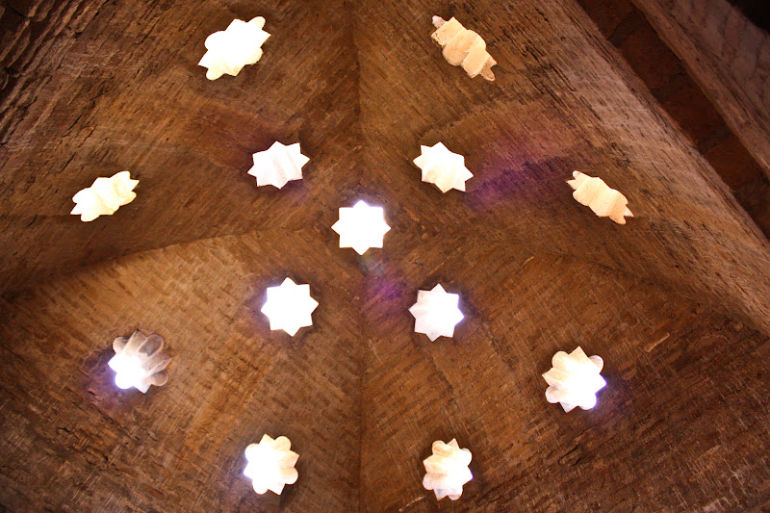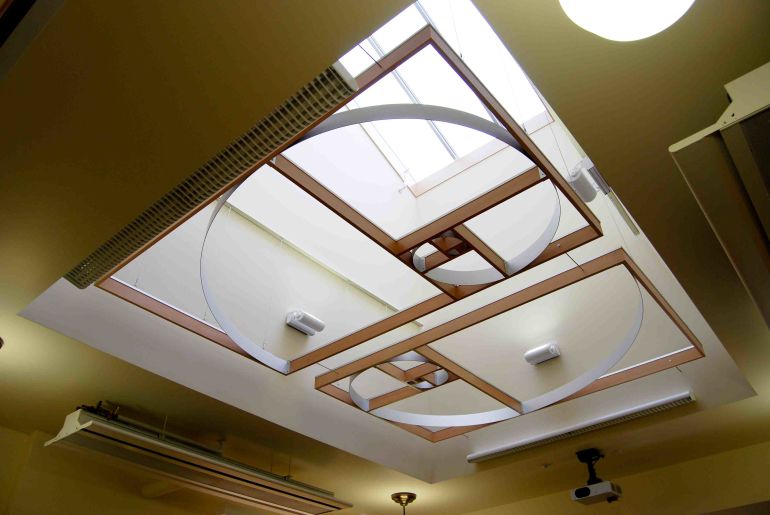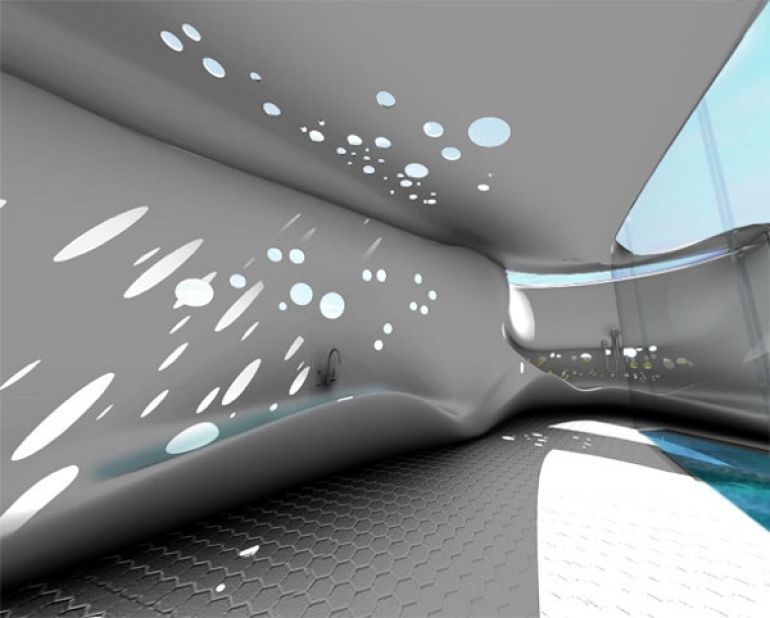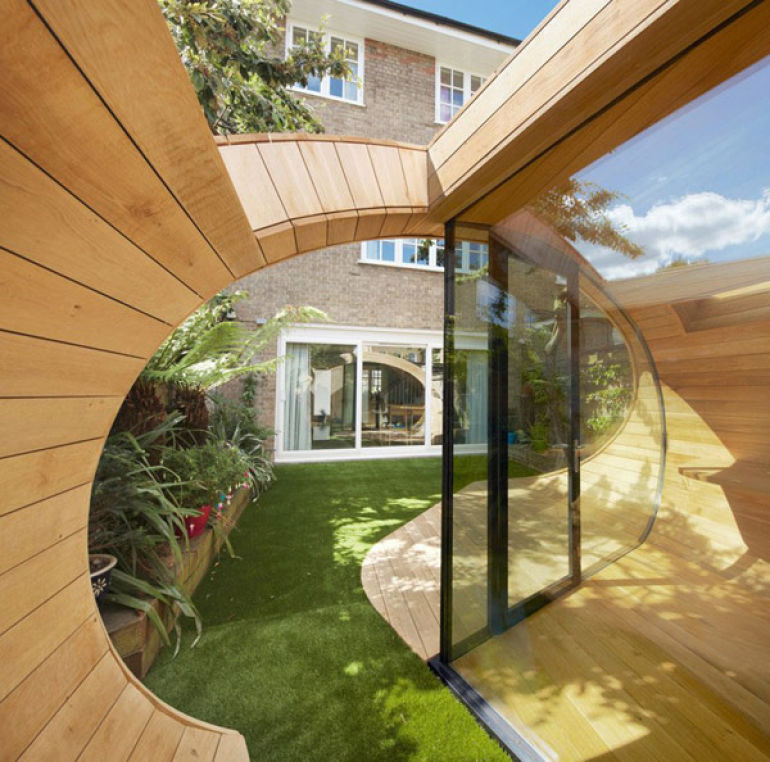How Skylighting Can Transform Your Home
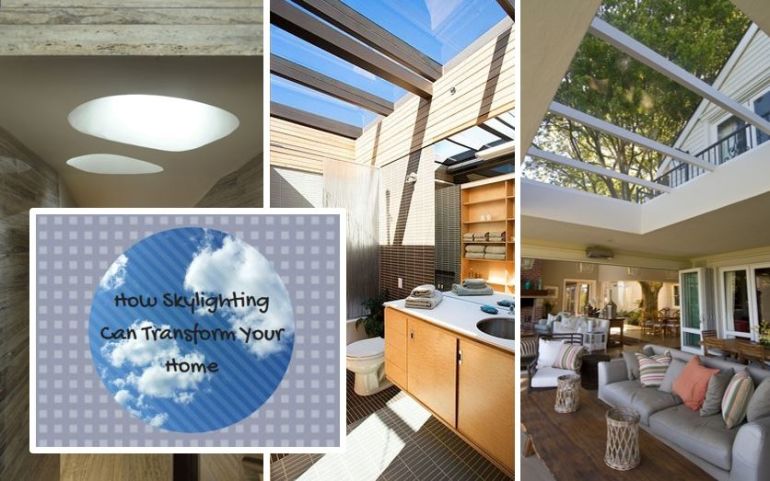
Skylights are lighting structures designed to bring the daylight into interiors which would otherwise be gloomy and poorly ventilated. The external layer of glass has been treated with an energy-efficient glazing process to prevent UV penetration, heat loss and leakage. In low quality products with plastic glazing, expect a shorter lifespan and more leakage issues: the plastic deteriorates over time and yellows, which affects the quality of light entering the home. Maintenance can potentially be quite strenuous , depending on the climate of your area, whether you have to paint the frame and how often you need to clean the window to preserve its lustre. Repairing scratches and cracks is best left to a professional to avoid extra damage.
How can a good skylight transform your home?
Put simply: skylights bring in more natural light than vertical windows. This means the space will look larger, with softer lines, dark rooms will appear more inviting, and the home will feel younger overall. Placement is very important, not only in terms of aesthetics, but to ensure that in winter, you are heightening the warmth trapped inside, and in summer, you are not - you don’t want to carelessly position a skylight where it will always catch really direct afternoon sun and require a proper shading structure. Skylights provide a stronger connection to the outside landscape and may even see a drop in your electricity bills as you’re using less artificial lighting during the day. Not convinced? Here are some beautiful interiors defined by their use of skylighting.
Transform a kitchen
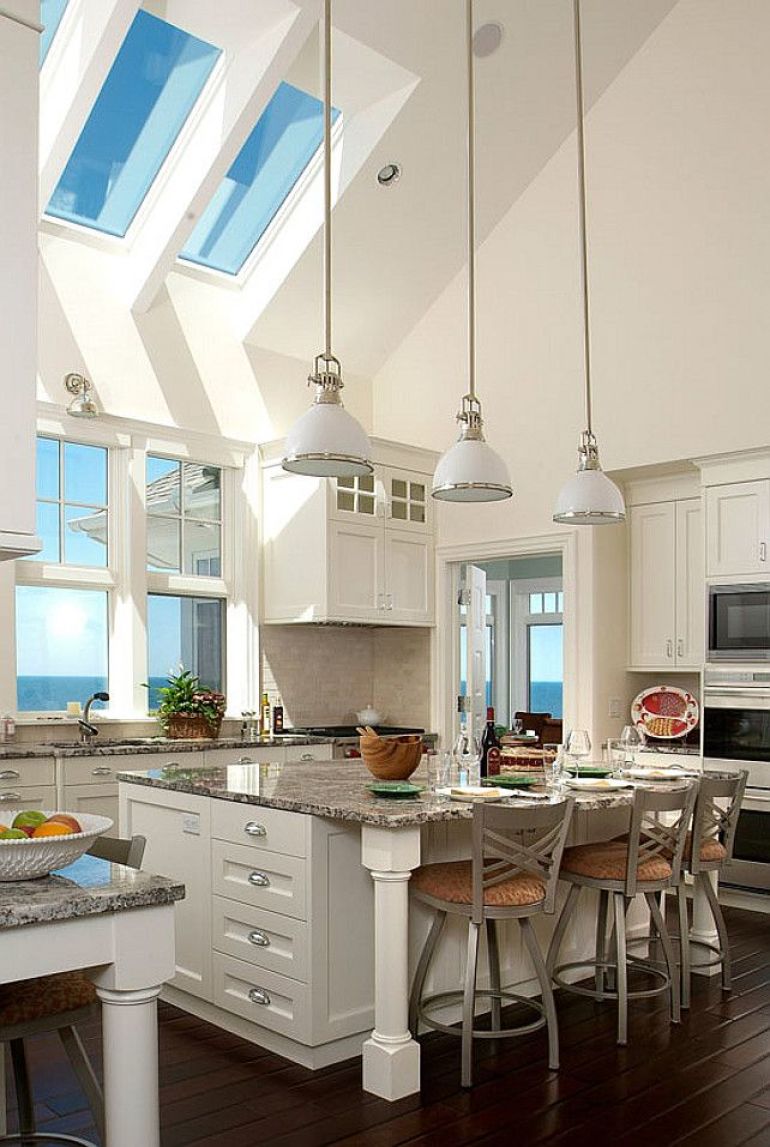
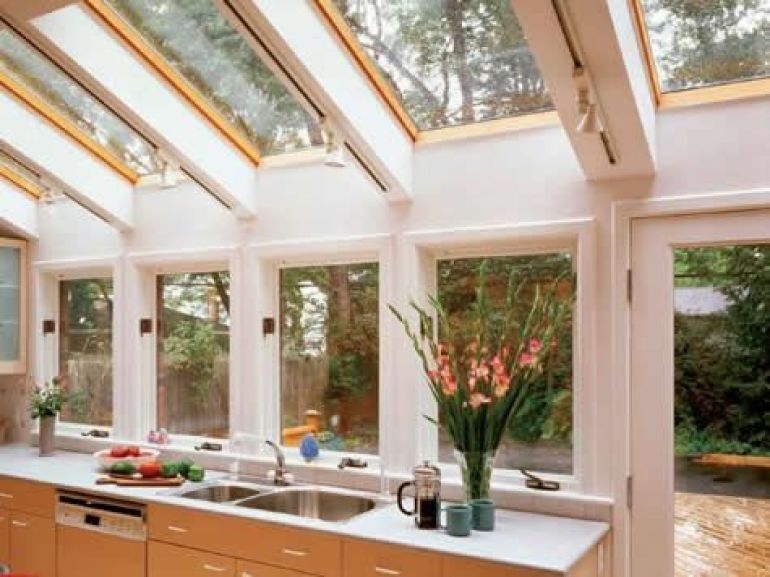
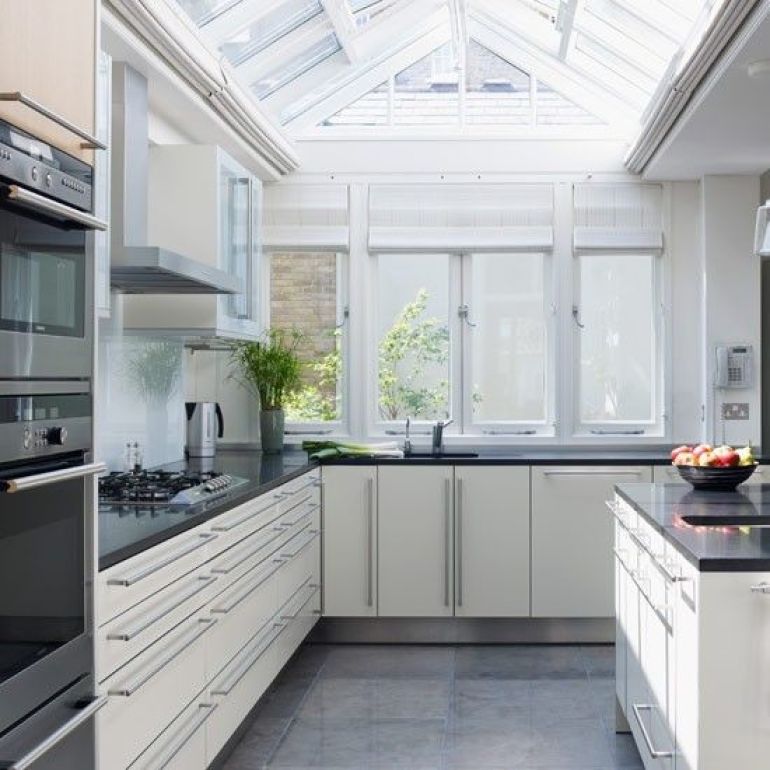
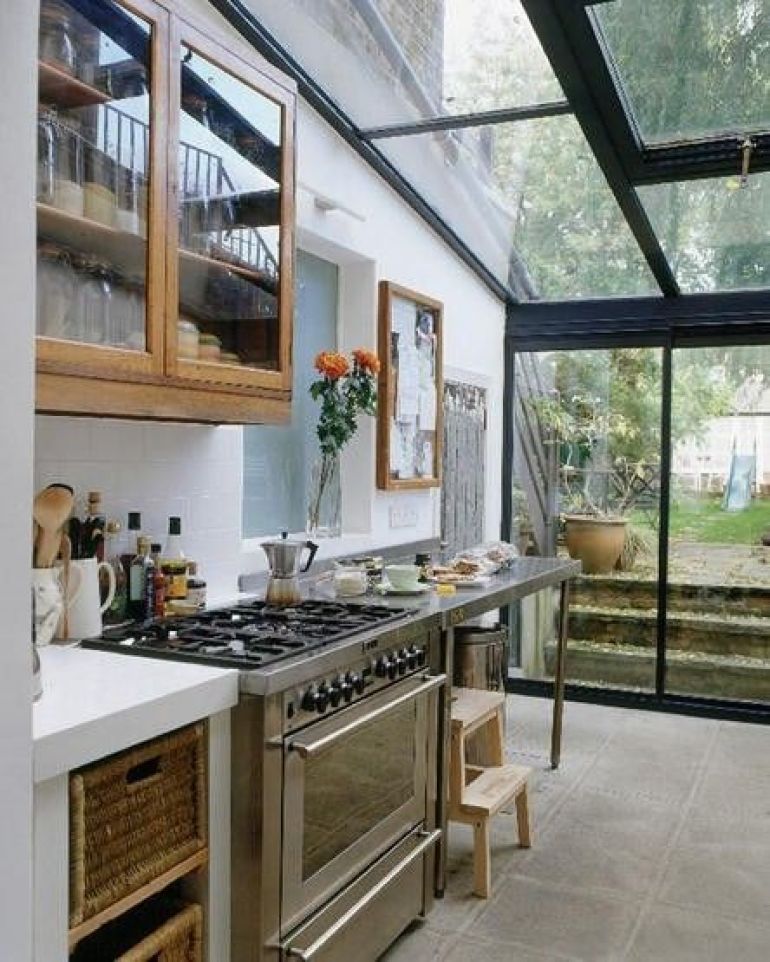
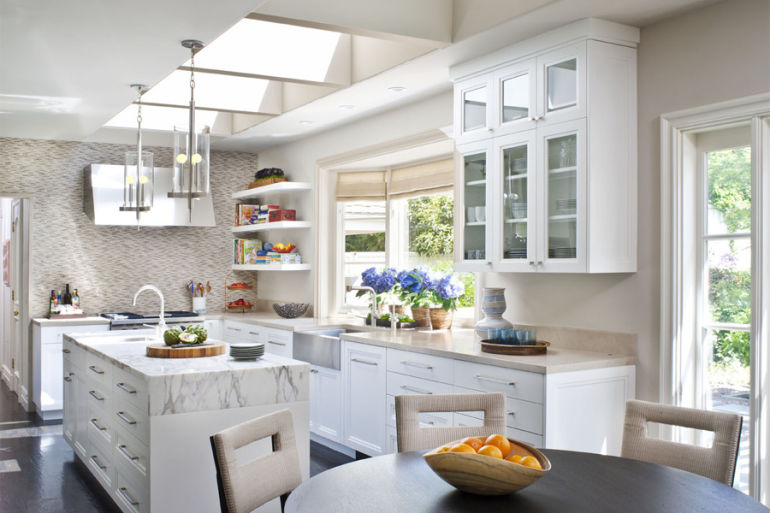
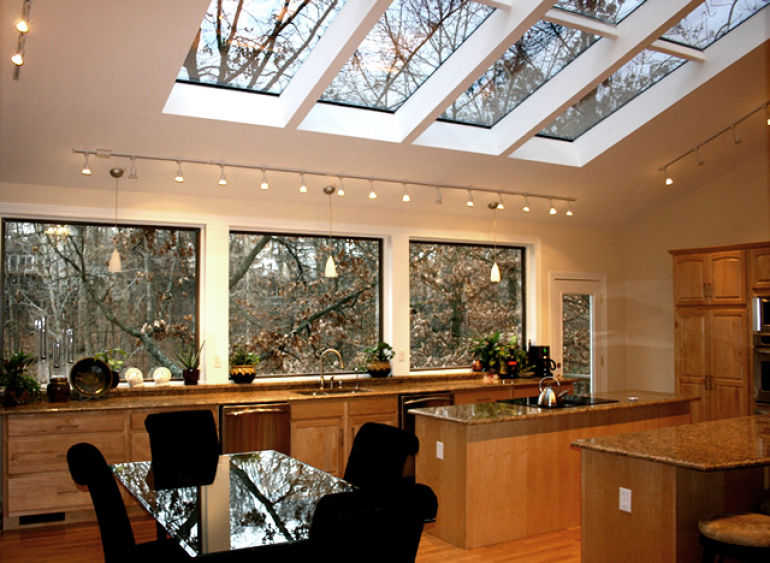
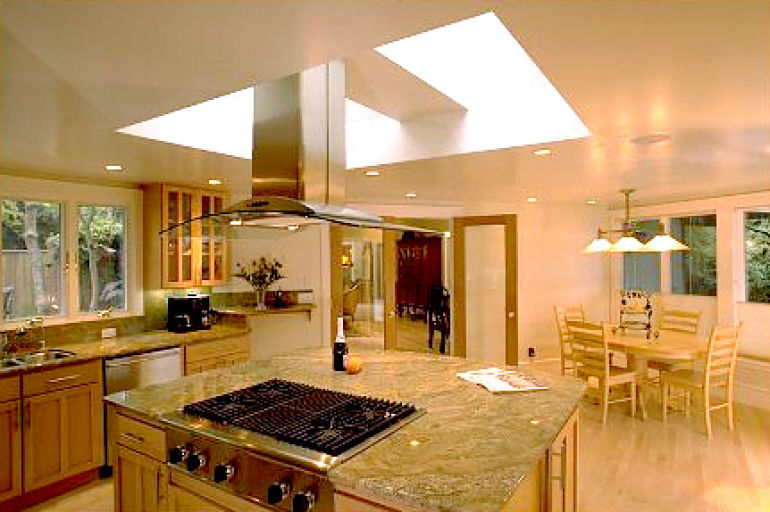
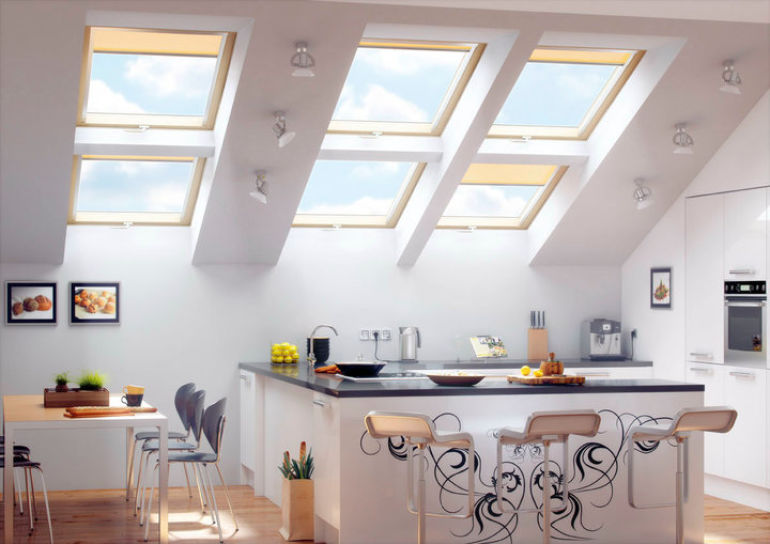
Transform a bathroom

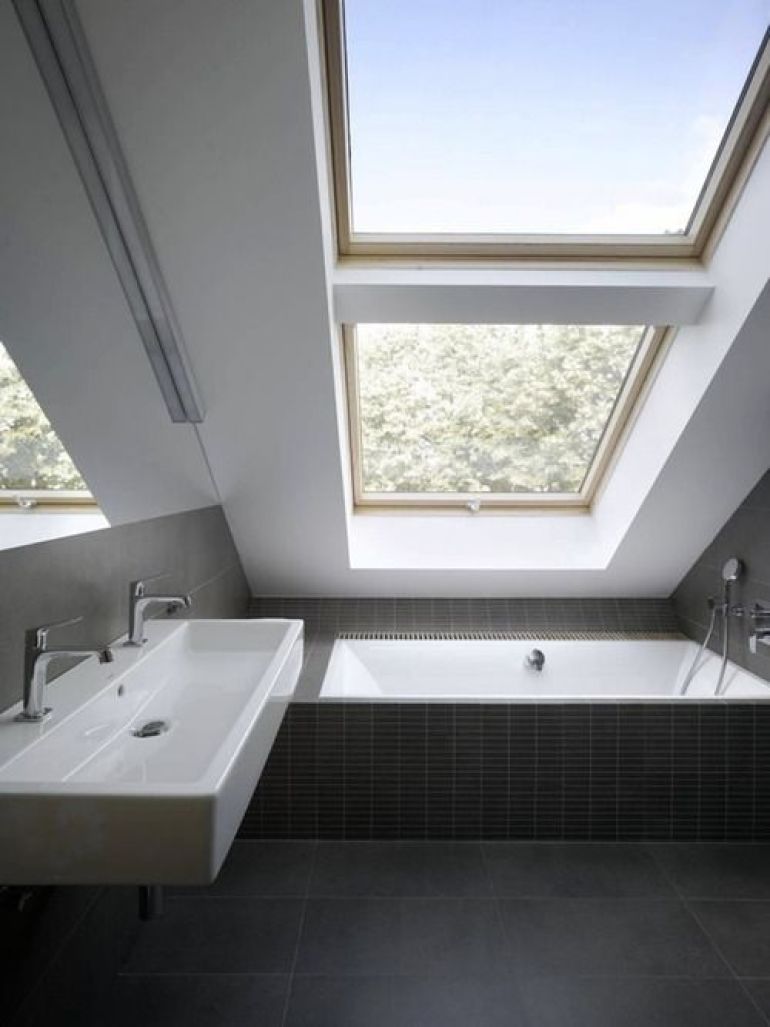
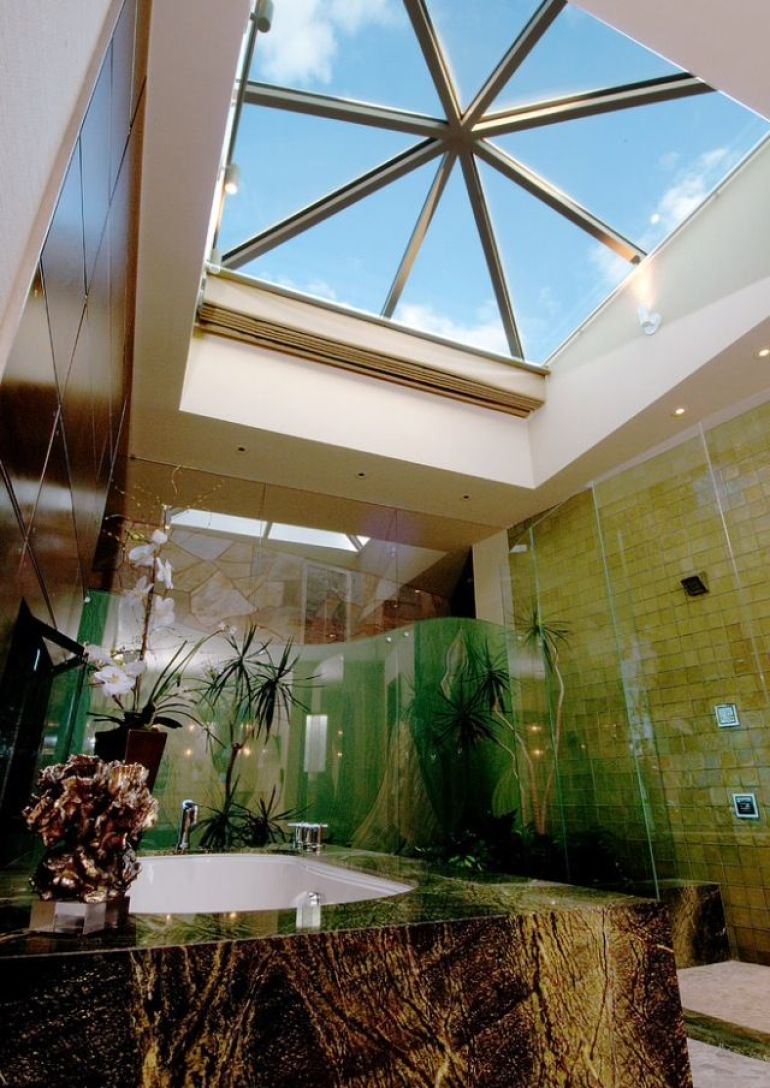
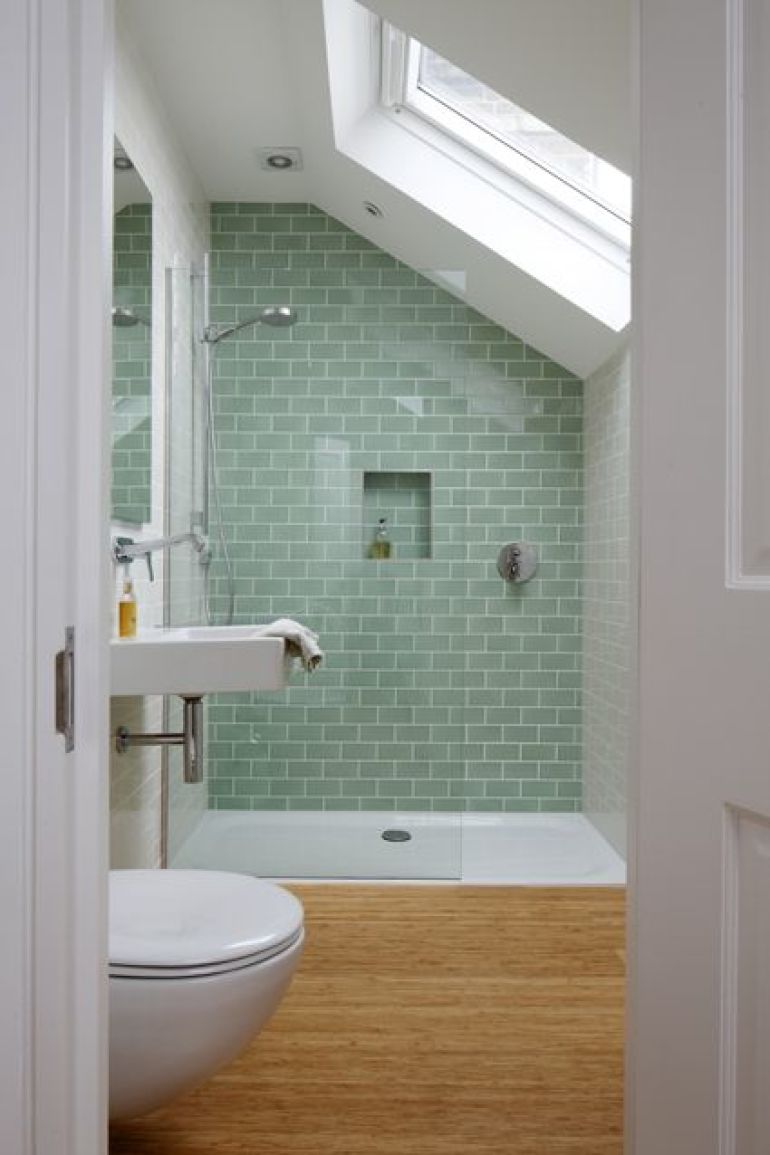
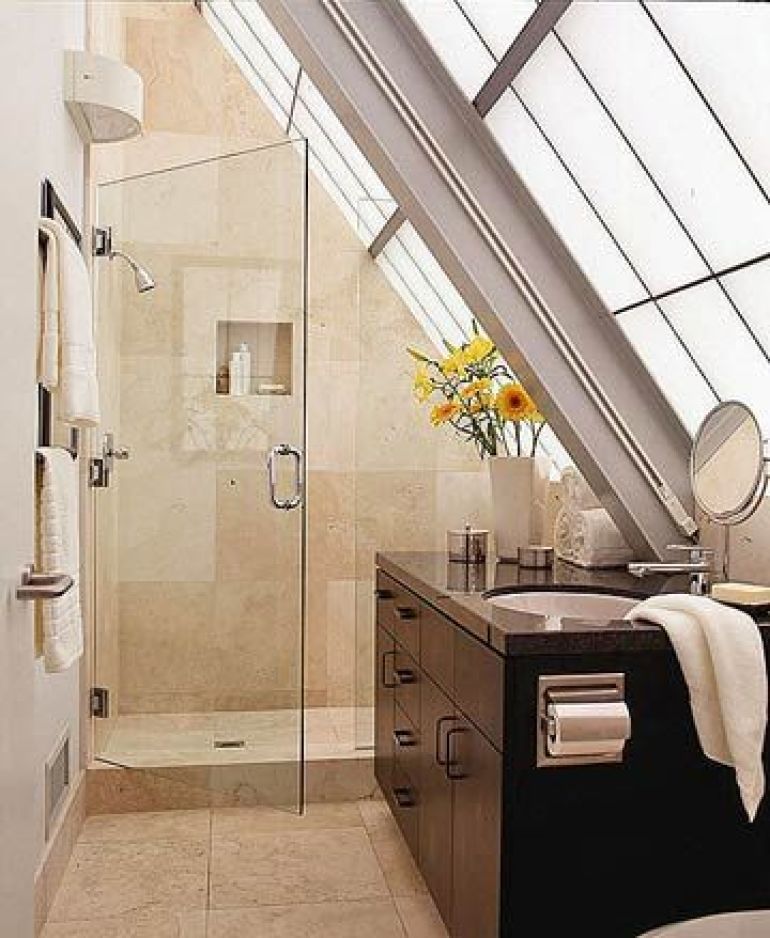
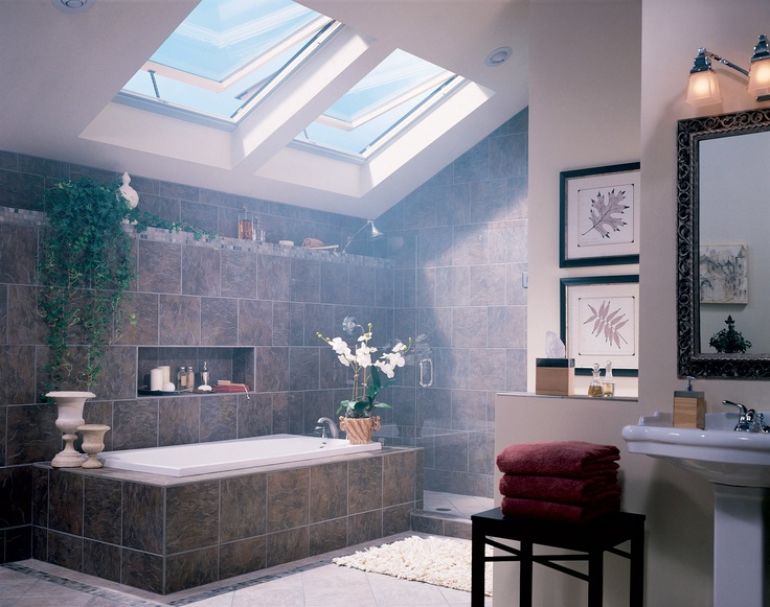

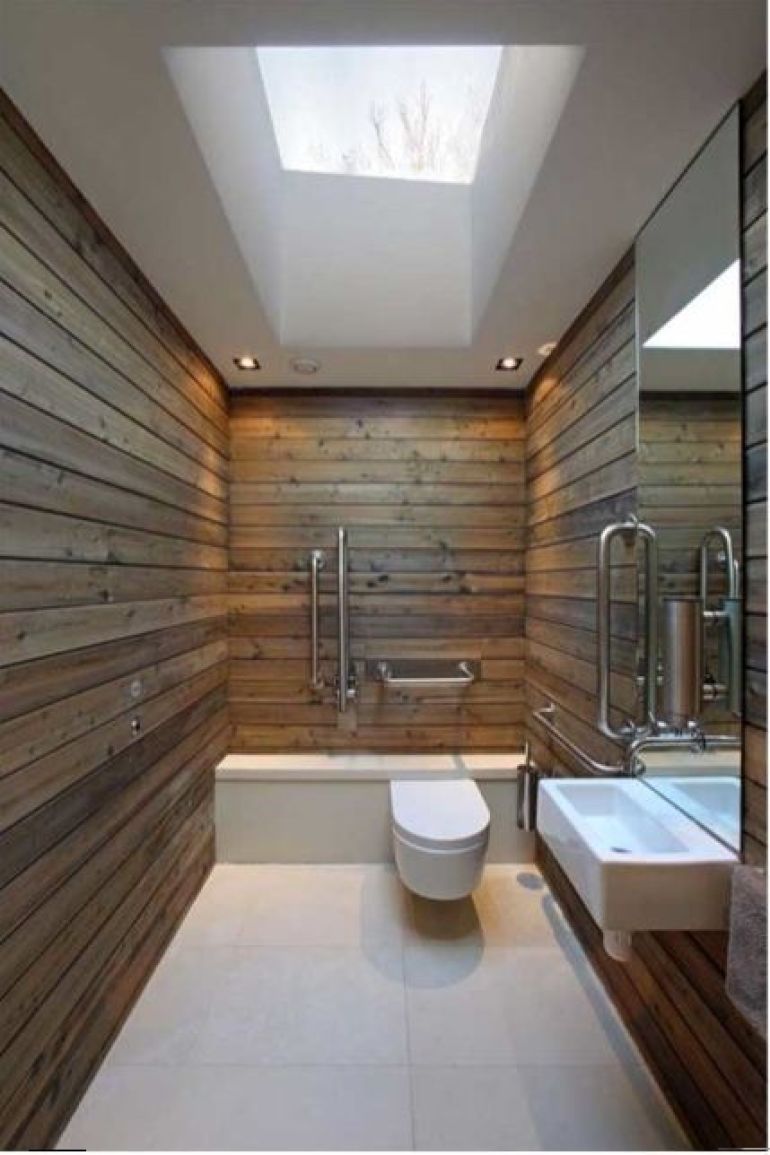
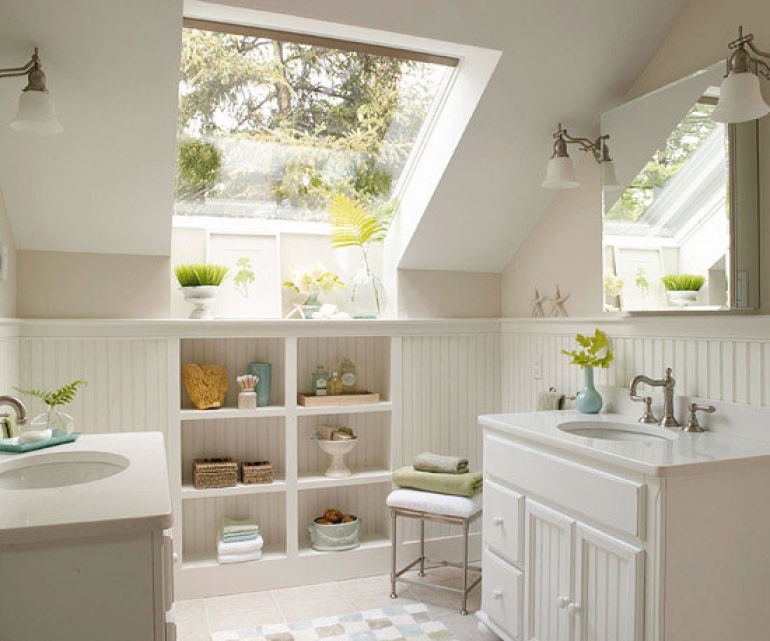
Transform a living room
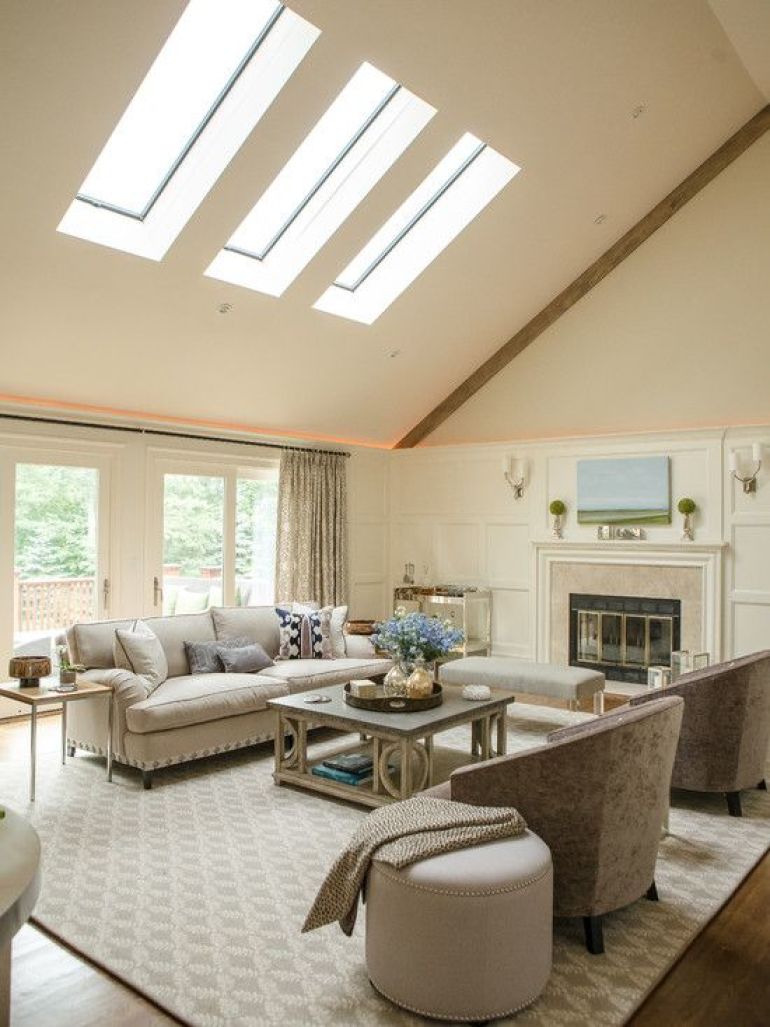
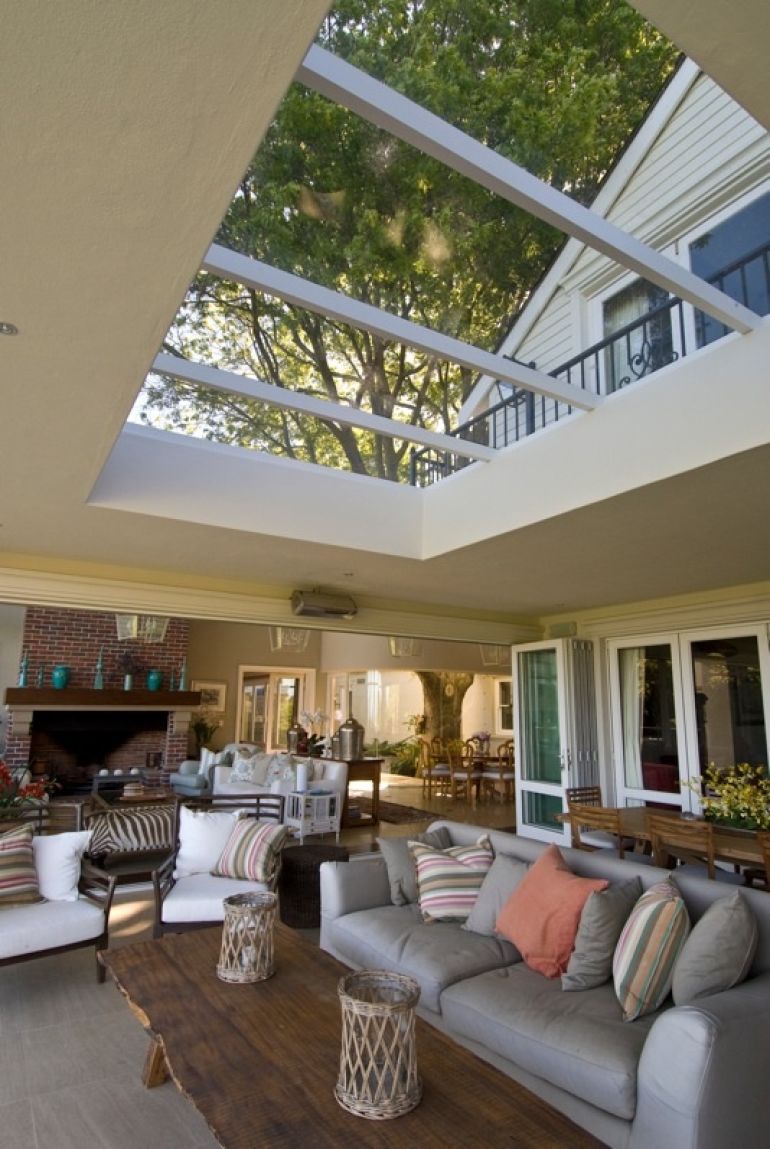

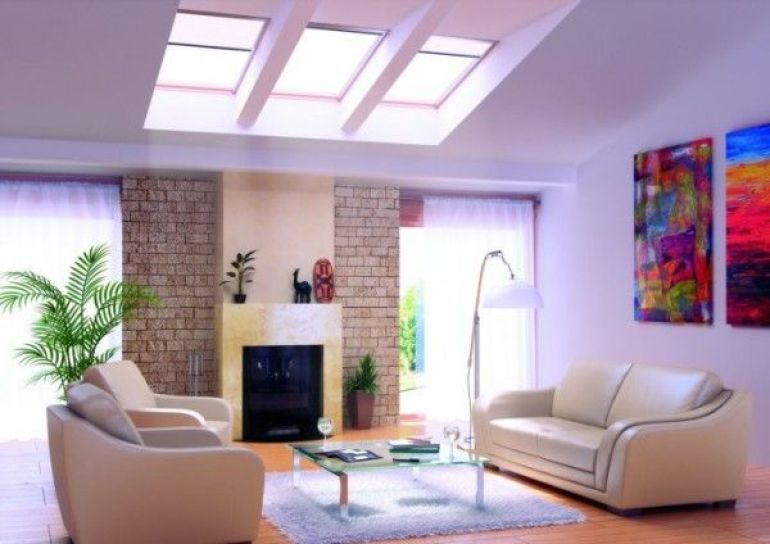
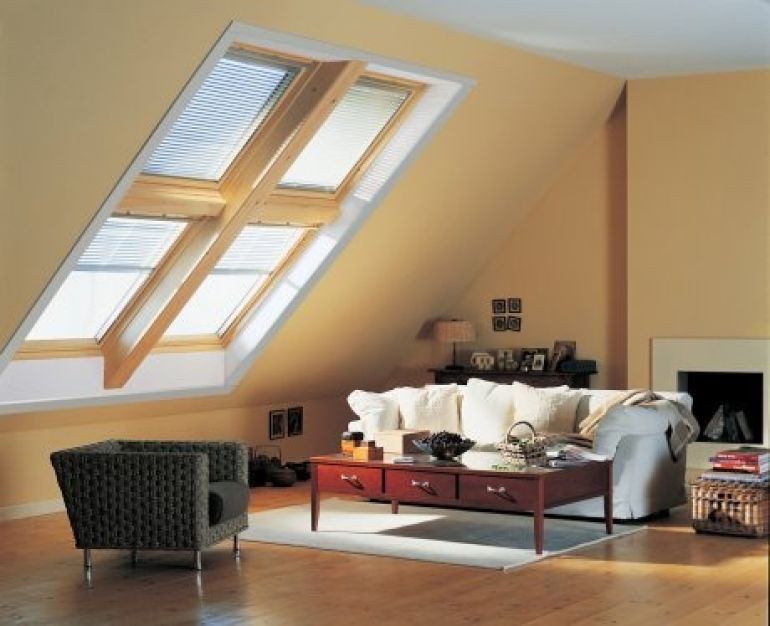
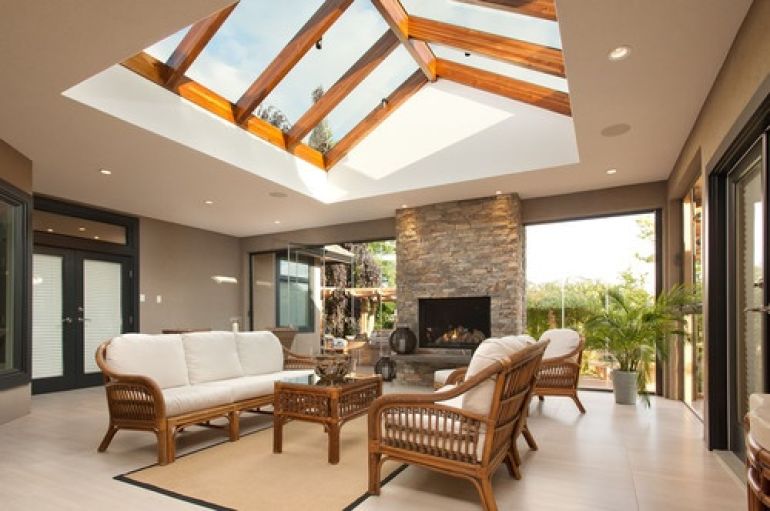
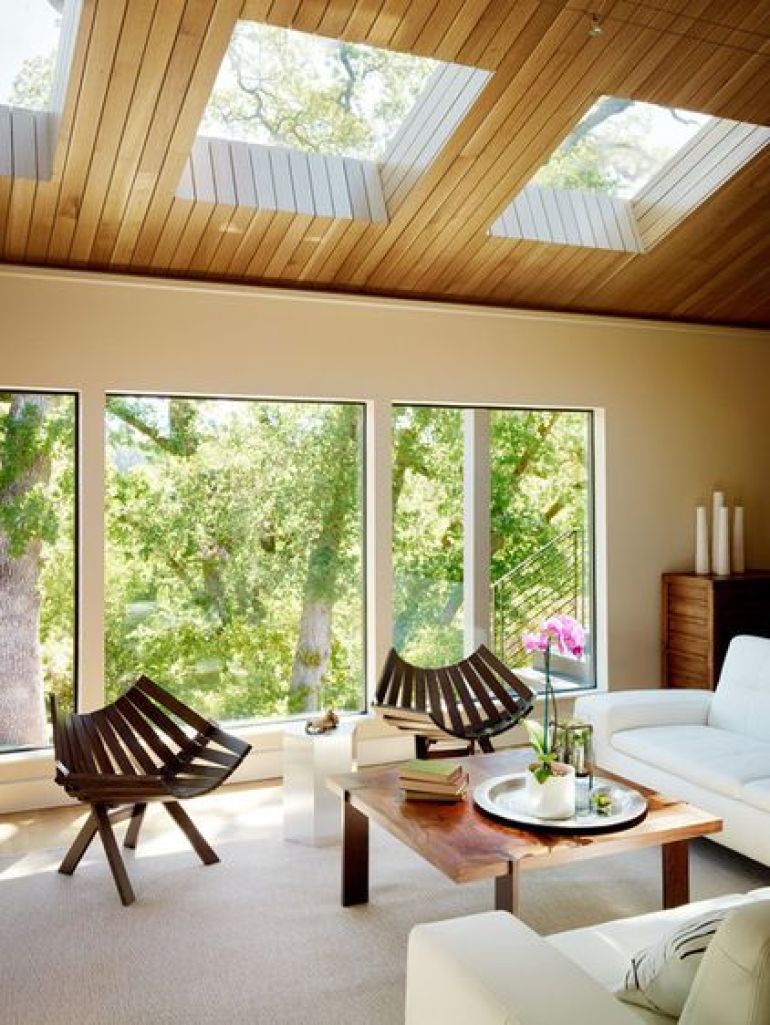

Skylights can also add real character to a home.
Unusual designs, like skylights reversed onto the floor or hovering about in more organic shapes, will drastically alter the atmosphere of the interior.

